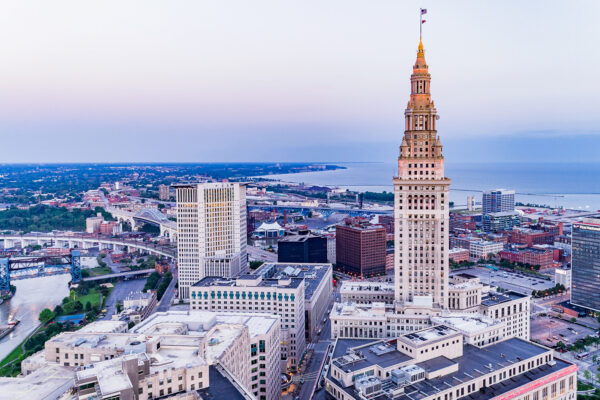
NBC News has a longread about what went wrong for Democrats in 2016 and how they can become competitive again nationally.
The report, written by Alex Seitz-Wald, touches on many of the issues we have written about since Hillary Clinton lost the presidential election in November: how the white working class in big industrial states abandoned Democrats; how the concentration of liberal and progressive voters in cities and coastal states has made it harder for them to win majorities in the Electoral College and the Senate.
Seitz-Wald argues that, unless they decide to muddle through, Democrats must choose whether to take what he calls the “Ohio path” or the “Arizona path” to address these problems.
The Ohio path
Before the election, I expected that Democratic gains with minority and Sun Belt voters would more than offset their losses among working-class whites in the Rust Belt states.
I wasn’t the only one — and I was wrong.
So there’s something to be said for luring back the type of voters who put Donald Trump over the top in states like Michigan, Ohio, Pennsylvania and Wisconsin, which have a combined 64 electoral votes.
Both economic populists, like Bernie Sanders, and the few remaining “Blue Dog” Democrats argue for such a strategy.
It would mean deemphasizing identity and immigration policies that are either unimportant to or alienating working-class whites. It would also mean taking a more critical attitude to globalization and trade.
There is no guarantee that such a change of heart would convince working-class voters to switch back to the Democrats, though, while the downsides of an Ohio-centric strategy are more certain: It would dishearten ethnic minority voters, confuse the party’s sense of identity and contradict the policy preferences of urban liberals.
The Arizona path
The more viable path, it seems to me, is writing off the white working class and doubling down on minority and cosmopolitan interests.
Seitz-Wald calls this “the Arizona path,” after Clinton’s unexpectedly strong performance in the border state. She came within 4 points of victory there.
Similarly, she lost Georgia, long a conservative bastion, by only 5 points and North Carolina, which broke decades of supporting Republican presidents to vote for Barack Obama in 2008, by 3.
Arizona, Georgia and North Carolina have 42 electoral votes together. Most other Southern states, including Texas, are still out of reach for Democrats, which means that an “Arizona” strategy would hinge on Florida and its 29 electoral votes to succeed.
The economics are in favor of such a strategy. Bloomberg reports that most of the job growth in the last eight years has been in metropolitan areas, including Atlanta, Georgia, Charlotte and its surrounding towns in North Carolina, the cities of Miami, Orlando and Tampa in Florida and Phoenix, Arizona. That’s where both college graduates and immigrants are flocking to, turning those states more blue.
Middle class
Mostly white and mostly suburban voters with college degrees are an overlooked factor in this discussion. Yet they may be the most important demographic of all.
Ethnic minorities and working-class whites largely cancel each other out. Trump won because the latter changed sides, but an even bigger story of the 2016 election is what didn’t happen: a mass defection of college-educated white Americans to the Democrats.
Whereas Mitt Romney won white college graduates by 14 points in 2012, they split their support almost 50-50 between Clinton and Trump last year.
Trump accelerated the flight of Republican-leaning, middle-income voters to the Democrats. These are voters who like low taxes and the idea of small government — if not always what it means in practice — and who are more socially liberal than the median conservative. They have come around, or are in the process of coming around, on gay marriage and were appalled by Trump’s misogyny.
The fact that half of them could nevertheless vote for a vulgarian with authoritarian tendencies is far more disconcerting than the susceptibility of lower-information voters to a strongman.
Fiery progressivism, whether economic or social, is not going to convince such upstanding, taxpaying Americans to join the Democratic Party. What just might is if they come to believe that “people like them” don’t vote Republican anymore.
That, too, argues for an “Arizona” strategy, which emphasizes inclusiveness at home and an openness to the rest of the world.
